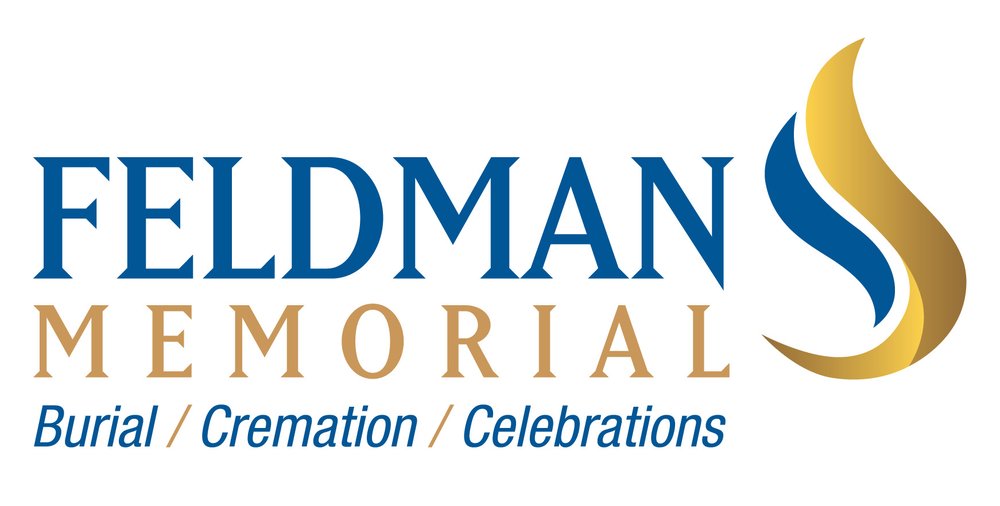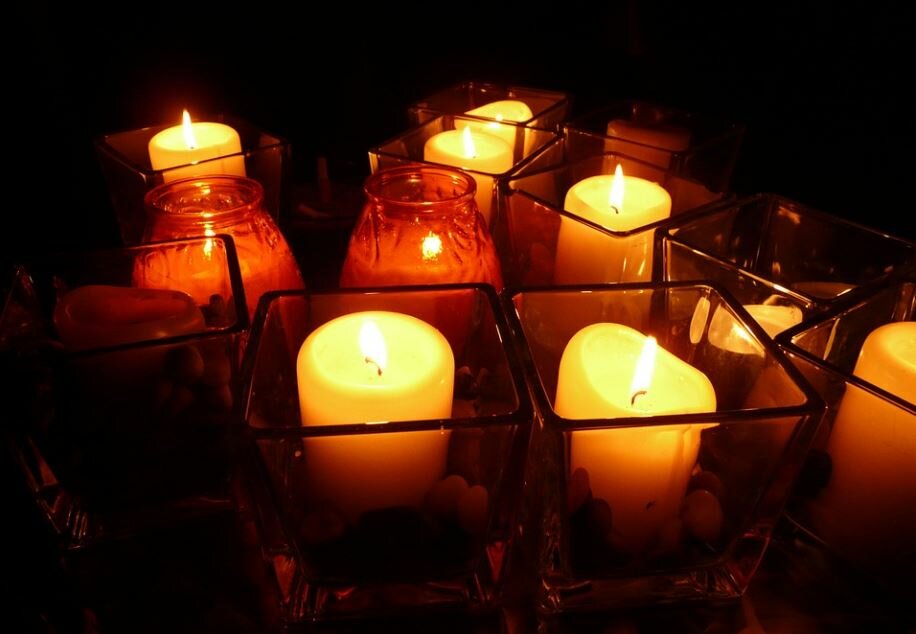
The Concept of Fire Cremation
Compared to more conventional burial practices, cremation has been more widely accepted as a viable choice for disposing of human remains in recent years. During cremation, the human skeleton undergoes various disintegration processes, including mechanical and other mechanisms, which convert the bones to bone fragments. The remains are reduced to a fine powder when a corpse is burned. Cremation services in Highlands Ranch, CO are ready to help if you find yourself in need of their services after the death of a loved one and are unsure of what to do. When conducting a cremation, temperatures may go up to over 1800 degrees Fahrenheit.
The term "cremation zone" describes this range of temperatures. Dehydrated bone fragments, for example, may be more easily separated from the rest of the body because of the high temperatures involved in the decomposition process. The actual cremation occurs in the crematorium's retort (or "cremation chamber"). The chamber is heated to the appropriate temperature, and the body is carried with care.
What Process Is Involved?
There are a variety of technological processes that are used to dispose of a corpse by cremation. Cremation is the "conventional" approach, in which the corpse is placed in a chamber and reduced to ash using flame and heat. The term "flame-based" describes this technique. One possible two-step breakdown of combustion is as follows: Tissue, organs, fat, and part of the container's components are all turned into gases during the initial combustion phase.
Any leftover inorganic particles, often originating from the container, are burned off in a secondary combustion step to finish the process. Primary and secondary combustion are both examples of thermal breakdown. Bone pieces are reduced to ash when the gases holding them together are released.
To perform alkaline hydrolysis, a stainless steel pressure chamber is filled with a 95:5 water: alkali solution that is then heated to 350 degrees. This is done because the natural decomposition process after burial might take a long time. Bone fragments and sterile fluids containing tissue remains are decomposed by the alkaline and converted into calcium phosphate. When the bone is converted to ash, it is discarded by dumping the liquid.
The Factors Which Affect the Time for Fire Cremation
Cremation may take anywhere from one to three hours, depending on the circumstances, and the resulting ashes can weigh anywhere from three to seven pounds. Once the cremation is complete, the remains are often a very pale gray or white in hue. After cremation, the urn holding the remains is transferred to the person legally recognized as the deceased's next of kin or legal representative. If no urn was provided, the Crematory might use a plastic container or another suitable alternative. However, several variables may affect how long it takes to cremate a corpse, including:
- The body mass
- The fat/muscle mass
- The equipment used
- Temperature used
- Container type used
Cremation is a viable alternative to the traditional burial process as it can get cheaper and faster, allowing the bereaved family to mourn the dead better. If you are preparing for your afterlife and the process required, or you are looking for help to plan the cremation of your loved one; you can get in touch with specialists at cremation services in Highlands Ranch, CO who have been trained in the process and can provide the best help possible.


Comments